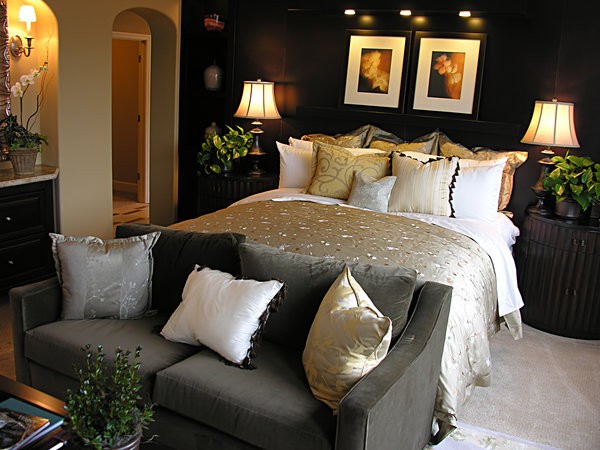There is a couple I have known for many years that work in the production industry. She is a stylist and he is an art director.
They have a lovely house in the country and they often brag it is totally furnished and decorated from the props and wardrobe from commercial production shoots.
This is not unusual actually, as the practice is quite common and most people in the industry know about it. However, in this case they took it to a whole new level. Basically, various advertisers have funded their whole holiday home furnishing and decorating.
How does this happen?
The Props Budget
The Props Budget is on the production company quote and is there to cover the cost of procuring the objects required in the shoot. Depending on the shoot this could include all manner of items from home furnishings to works of art to almost any object you see in the shoot that is not wardrobe (A separate topic) or not created by the art department.
The fact is that the advertiser rarely sees this budget allowance as it is simply a line item in what is often six or more pages of costs from the production company. Yet many advertisers do not see the production company quote as it is the usual agency practice to reduce these six or more pages into a single line item on the agency quote.
Now while the Prop Budget may be a fraction of the total cost of the production, it can still often amount to tens of thousands of dollars or more depending on the concept being produced and the approach the production company takes.
Buy or rent
Now there are two standard ways to procure props for a shoot: you can buy the props outright or you can rent the props from the manufacturer or retailer for the duration of the shoot.
If the item is low cost it is usual to buy the item outright for the shoot, as this is usually more cost effective than going through the process of renting the item. If the prop required is more expensive, and props can cost hundreds of thousands of dollars in some cases, it is usual to rent these items.
Items like art works, jewellry and the like are more often rented from the owners on the basis that if they are damaged you need to pay the cost in full.
But this raises two questions: What happens to the items that are purchased on behalf of the advertiser for the shoot? What happens to the rented items that are damaged and not returned? (Interestingly, it is common for particularly valuable objects to get damaged on the way back from the shoot rather than on the way to the shoot with the object getting paid for by the client and the damaged item finding a new home).
When you ask advertisers about this they are usually perplexed. I have yet to meet an advertiser who has been asked what they want to do with the props from the shoot. In fact most do not know that legally they are the owners of these props.
Most likely because the production company or the stylists and production art directors often act like these items are their property.
Rent and rent and rent again
A prime example of the attitude towards the ownership of the props from a shoot is a stylist who supplements their income by ‘renting’ props to the production company. The issue is that advertisers had purchased the props for previous productions and the props were then taken and held by the stylist or production art director.
When questioned on this behaviour it is usually justified as recovering the cost of storing the props in their homes. Once upon a time there were companies who would warehouse props and rent these out, but these are no longer.
But that does not mean that people associated or contracted by the production company should be profiting from the items purchased on behalf of the advertiser with their budget.
What can an advertiser do
The ideal situation is that at the end of the shoot, the production company or the agency should inform the advertiser of the props purchased on their behalf, either up front or because of damage.
The advertiser then has a number of options including:
- Have the props delivered to the advertisers office for use by the advertiser
- Have the props placed in storage for possible future use by the advertiser
- Have the props donated to one of the many charities for sale by the charity
- Sell the props on eBay or have the items sold on consignment, particularly if they are valuable
- Offer the props to agency or advertiser staff for sale and either return the funds raised to revenue or donate to a charity
- Allow the props to be kept by the agency, production company or staff.
The fact remains that if the items have been purchased for the shoot at the advertisers expense then the objects belong to the advertiser and therefore you have the say as to what happens to them.
We are happy to advise you on all aspects of your production costs to ensure you obtain the best value possible. All you have to do is ask.
TrinityP3’s Production Management Assessment provides a detailed evaluation of your current production operation, and recommendations to achieve optimal performance.
Why do you need this service? Click here to learn more


